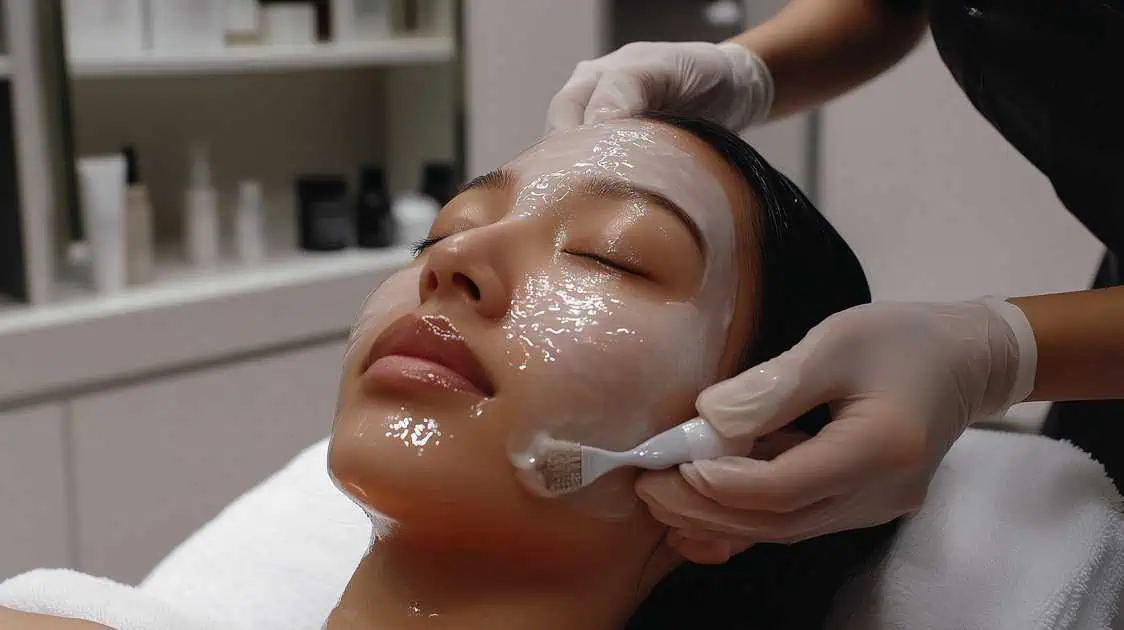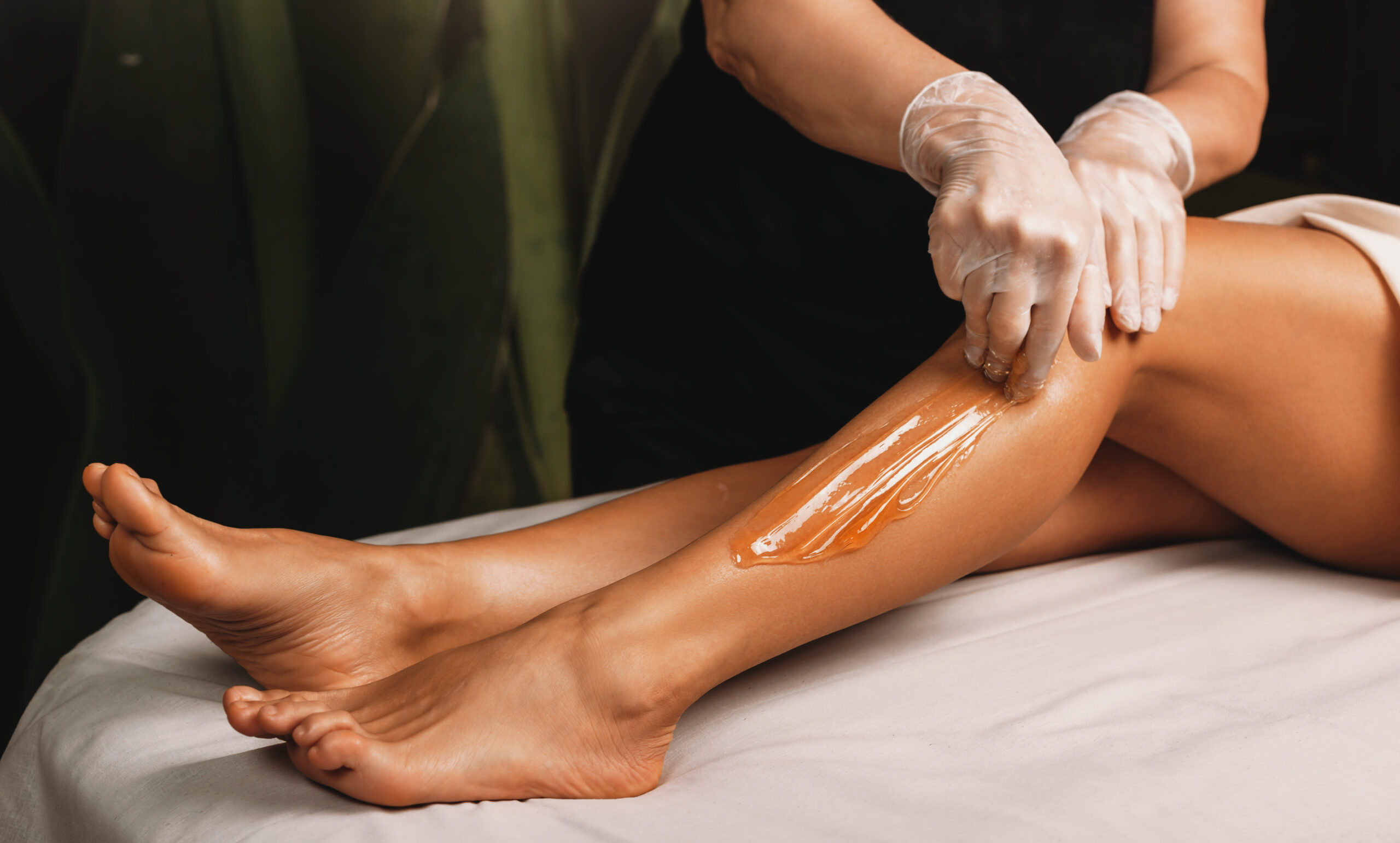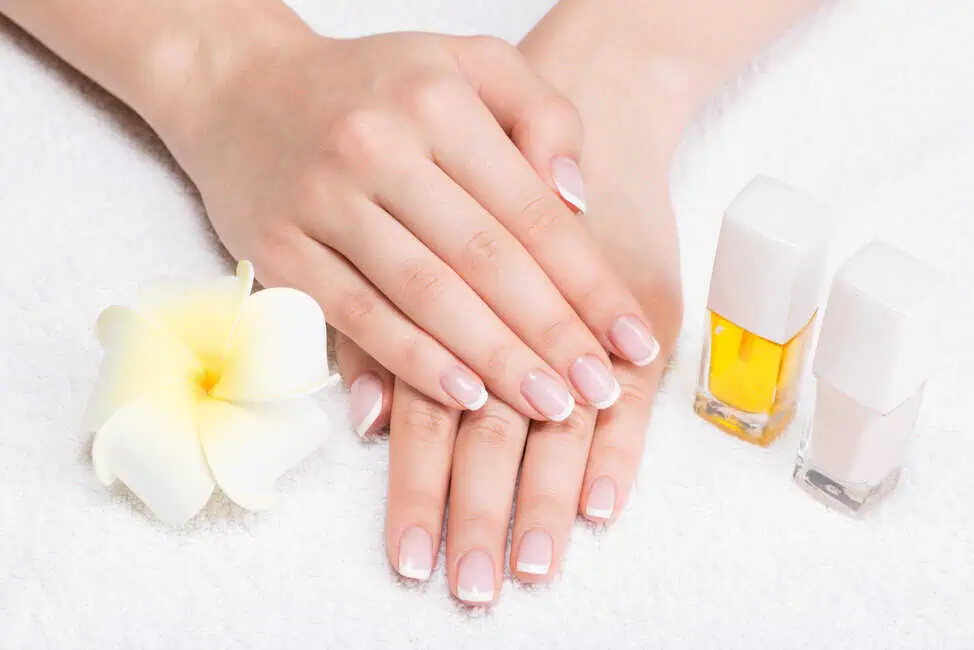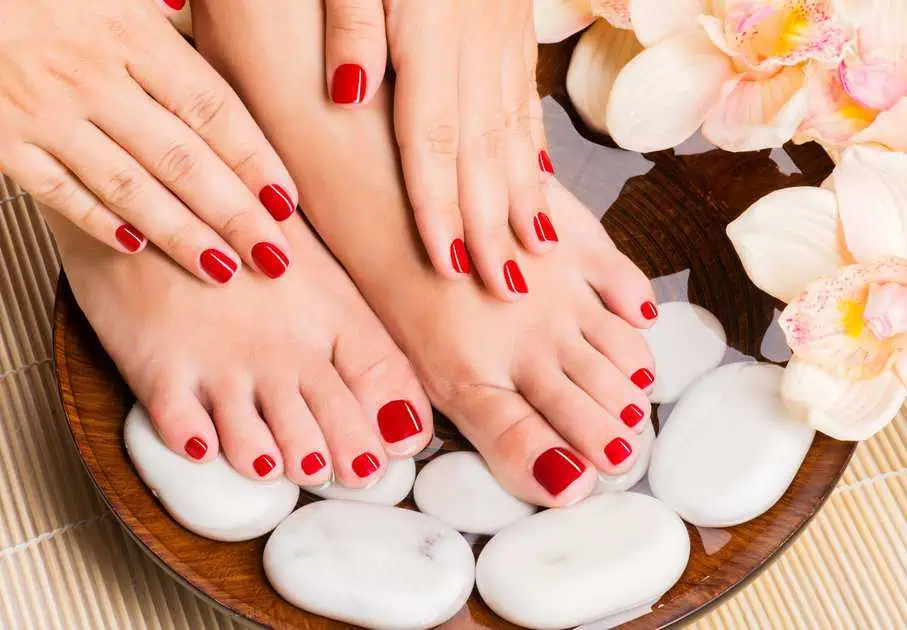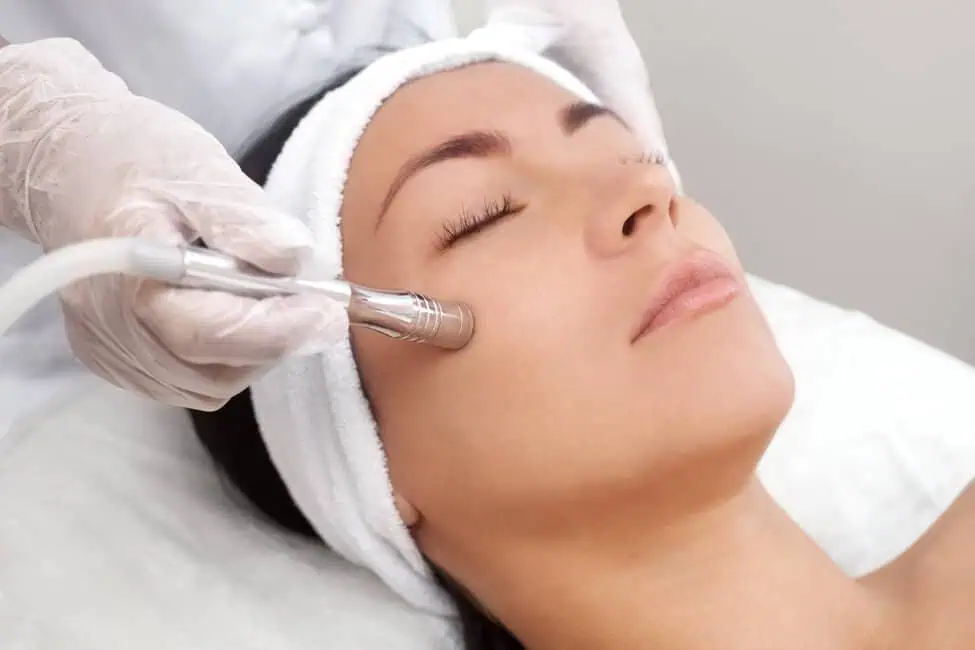Waxing is a straightforward method for removing unwanted hair, offering lasting results longer than shaving. Preparing your skin before waxing is crucial to ensure the process is as effective and pain-free as possible. This preparation involves a few simple steps: exfoliation, moisturizing, and avoiding certain products and activities that could increase skin sensitivity. By taking the time to prep your skin, you can enhance the waxing results and minimize discomfort. Whether you’re new to waxing or looking to improve your routine, understanding how to prepare your skin can significantly impact your waxing experience.
Knowing Your Skin Type
Skin can be categorized into a few basic types: sensitive, dry, oily, and combination. Each type responds differently to waxing and requires a tailored approach to preparation.
Sensitive skin, for instance, might react more to waxing, showing redness or irritation. If you have sensitive skin, you’ll opt for gentle exfoliation and a soothing, hypoallergenic moisturizer. On the other hand, dry skin benefits from deep hydration to prevent flaking and cracking, which can make waxing more painful. Oily skin might seem resilient, but cleaning thoroughly is necessary to avoid clogged pores and ingrown hairs post-waxing. Those with combination skin must strike a balance, treating different areas according to their distinct needs.
Recognizing your skin type isn’t just about ensuring a smoother waxing experience; it’s about respecting your skin’s natural balance and protecting its health. By tailoring your pre-waxing routine to your specific skin type, you pave the way for a better waxing outcome and contribute to your skin’s overall well-being.
Pre-Waxing Preparation Steps
Following these pre-waxing preparation steps diligently can significantly improve your waxing results and enhance your comfort during and after the process.
- A Week Before Waxing:
- Gentle Exfoliation: Start with gentle exfoliation to slough off dead skin cells. This prevents clogged pores and ingrown hairs and helps the wax adhere better to the hairs, not the skin. Remember, the gentler, the better, especially for those with sensitive skin.
- Moisturizing: Hydration is next. Apply a moisturizer that suits your skin type to keep your skin hydrated and pliable. This step reduces the risk of skin tearing and discomfort during the waxing process.
- 24 to 48 Hours Before Waxing:
- Avoid Certain Substances: Steering clear of alcohol and caffeine can make a difference. These substances may increase your skin’s sensitivity, potentially leading to a more painful waxing experience.
- Skincare Adjustments: Temporarily adjust your skincare routine. For example, pausing the use of retinol-containing products can help avoid sensitivity and minimize irritation risks.
- Day of Waxing:
- Cleanliness: Ensure your skin is clean by showering before your appointment. However, skip lotions or oils, as they can interfere with the wax’s grip on the hair.
- Comfortable Clothing: Post-wax, opt for loose-fitting clothing. This helps prevent irritation and allows your skin to breathe and heal more efficiently.
Choosing the Right Products
The process of selecting pre-waxing products should be centered around understanding and catering to your skin’s unique needs. Whether it’s picking the right moisturizer or exfoliant, the focus should be on products that support your skin type and the specific area you plan to wax.
- Tailor to Your Skin Type:
- Sensitive Skin: Opt for hypoallergenic, fragrance-free, and chemical-free products to reduce irritation risks.
- Dry Skin: Seek out hydrating exfoliants and moisturizers that provide moisture without clogging pores.
- Oily Skin: Choose non-comedogenic products that balance hydration and exfoliation without adding excess oil.
- Combination Skin: You may need to employ different products for different areas to address varied skin needs across your body.
- Consider Product Formulation:
- Natural ingredients can be a great choice, but natural only sometimes means gentle. Always test a small area first to ensure no adverse reaction, especially with potent natural ingredients.
- Factor in the Waxing Area:
- Your face’s skin is more delicate than other parts of your body, like your legs, and may need gentler products.
- Areas with coarser hair, such as the bikini line or legs, might benefit from stronger exfoliation to prepare the skin for waxing.
What to Avoid Post-Waxing
After waxing, your skin needs time to recover. To prevent irritation, ingrown hairs, and skin infections, it’s important to avoid certain activities and products. Here’s a concise guide to help you navigate post-waxing care:
- Avoid Sun Exposure:
- Keep waxed areas out of direct sunlight and away from tanning beds for at least 24 to 48 hours. If outdoor exposure is unavoidable, cover up or use a broad-spectrum sunscreen to protect the sensitive skin.
- Stay Out of Water Bodies:
- Chlorinated pools and the sea can irritate freshly waxed skin. Wait a few days before swimming to prevent discomfort and potential reactions.
- Skip Saunas and Steam Rooms:
- The heat and moisture can open pores, making them more susceptible to bacteria and resulting in inflammation or bumps. Immediately after waxing, give your skin a break from high heat and steam environments.
- Use Gentle Skin Care Products:
- Forgo heavily fragranced products or those with harsh chemicals on waxed areas. Choose gentle, fragrance-free options designed for sensitive skin to aid healing.
- Hold Off on Exfoliating:
- While exfoliation is beneficial before waxing, wait at least 48 hours post-waxing before resuming. Early exfoliation can harm the skin’s recovery, removing healthy skin cells needed for healing.
When to Seek Professional Advice
Waxing is generally safe, but certain reactions or outcomes may require a dermatologist or skincare professional’s input. Early recognition of these signs can prevent complications and ensure proper care.
Severe redness, swelling, or pain lasting more than 48 hours post-waxing could indicate an adverse reaction needing professional attention. These symptoms may signal infection, allergic reactions, or exacerbated skin conditions.
Signs of infection, such as pus, severe red bumps, or fever, also warrant immediate medical advice. Infections can arise from bacteria entering hair follicles during or after waxing, particularly if the area wasn’t cleaned properly or aftercare was neglected.
To minimize risks, individuals with pre-existing conditions like eczema, psoriasis, or sensitive skin should consult a professional before waxing. A dermatologist can assess waxing suitability, suggest alternatives, and offer personalized advice.
Takeaway
Are you prepared to enhance your waxing experience with superior comfort and skillful care? Go to Sutera Spa right now. Our team is committed to giving you a painless waxing procedure customized to your preferences and skin type. Sutera Spa provides the ideal fusion of experience and calming settings to guarantee your skin is exquisitely smooth and well-cared for, whether you’re getting ready for your first wax or want to enhance your routine. Give your skin the care it requires right away. Book an appointment at Sutera Spa right now to enter a realm where your beauty and comfort are our top priorities.

